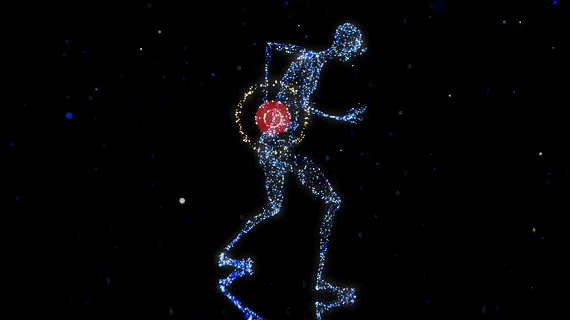Many radiographers suffer from low back pain, frequently resulting in reduced productivity at work
Occupational back pain affects more than half of radiographers, according to new survey data [1].
The data, published in the Journal of Medical Imaging and Radiation Sciences, details the prevalence of low back pain (LBP) among radiographers in Ireland, revealing that the condition routinely inhibits many from efficiently performing their job duties.
Radiographers have physical jobs that require frequent bending, squatting, transferring and lifting; when these actions take place on a repetitive basis, they can result in LBP ranging from acute and moderate to chronic and debilitating.
“LBP is an issue that affects people of all ages but it is a more prevalent health problem among the working population. According to the Global Burden of Disease Study in 2010, LBP arising from work-related factors accounts for one-third of all occupational-related disabilities," corresponding author Andrew England, a Senior Lecturer in Medical Imaging and Radiation Therapy at University College Cork in Ireland, and co-authors explained.
A total of 151 radiographers participated in this most recent survey, which included a series of questions relating to LBP, including current and previous experiences, causative factors and their pain’s resultant consequences (reduced function, surgery, career change, etc.).
Responses revealed that 68% of the surveyed radiographers experience LBP that cannot be attributed to extracurricular activities that occur outside of work. The responses indicate that LBP has resulted in a reduction in work activity for 25% of the participants and a drop in leisure activities for 43%.
LBP has caused 37% to seek medical care and/or interventions, and 9% reported being hospitalized for their pain at some point.
Based on demographics responses, LBP was found to be more common among radiographers who worked in hospital settings compared to those who were employed by private practices. The authors of the paper suggested that this figure is likely due to the higher rate of “acutely unwell patients who place greater moving and handling requirements for radiology staff” in hospital settings.
When compared alongside LBP in other countries, such as the United States, the rates were similar. However, prevalence rates (how often LBP affects an individual) were much higher among radiographers in Ireland compared to those in other countries.
While LBP is a global issue, especially among many clinical healthcare workers, the authors described the prevalence rates in Irish radiographers as “alarming,” and suggested that the issue should be closely monitored alongside the implementation of preventative interventions.
To learn more, click here.

